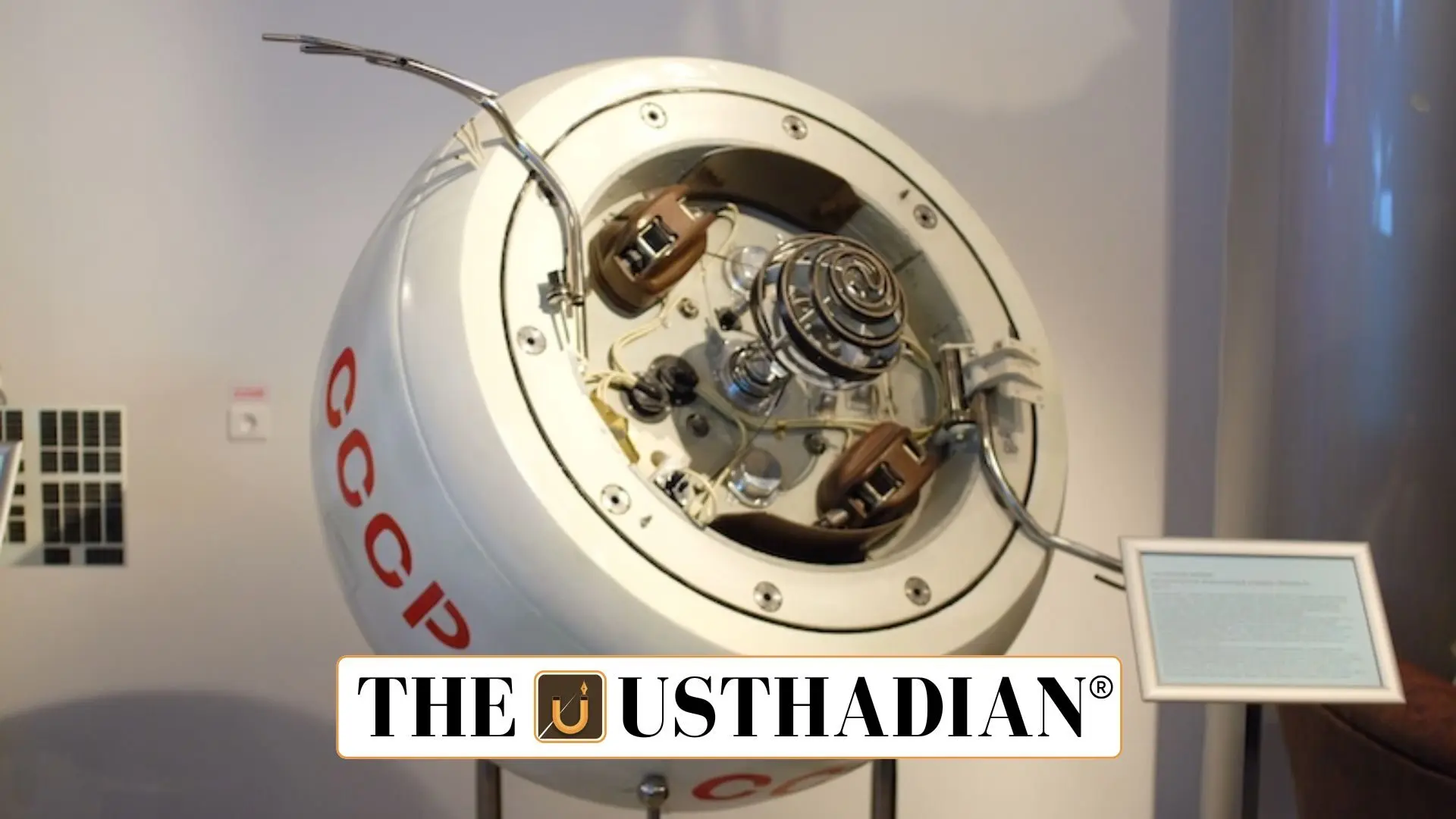A Venus Mission That Never Left Earth
Kosmos 482 to Re-enter Earth: Soviet Venus Mission Capsule Returns After 50 Years: The Kosmos 482 spacecraft, launched back in 1972, is now making headlines for an unexpected return to Earth in May 2025. Originally part of the Soviet Union’s Venera Program to explore Venus, the spacecraft never made it past Earth’s orbit due to a rocket stage failure. While its companion, Venera 8, successfully landed on Venus, Kosmos 482 got stranded in low Earth orbit. After spending over five decades circling our planet, it is now on an uncontrolled re-entry path.
What Makes Kosmos 482 Unique?
The Kosmos 482 lander is no ordinary space junk. It’s a spherical capsule, about one metre in diameter, weighing around 500 kilograms. It was designed with extremely tough materials, capable of withstanding Venus’s brutal atmosphere. Ironically, that same resilience makes it more likely than most debris to survive re-entry into Earth’s atmosphere.
This raises a natural concern—could it crash into a populated area?
Re-entry Risk: Should We Be Worried?
The good news is that experts believe the danger is very low. Kosmos 482’s re-entry path spans between 51.7° north and south latitude, which includes much of the inhabited Earth—from London to Argentina. However, Earth is mostly ocean, and even when spacecraft re-enter uncontrollably, they typically burn up or fall into remote areas.
In fact, this is not the first time an old spacecraft has made headlines. China’s Long March 5B booster and Tiangong-1 space station had similar episodes, but both re-entered safely over water. Space agencies around the world have become skilled at tracking such debris and issuing alerts if needed.
Why This Matters for Future Space Missions
Kosmos 482 is more than a curiosity—it’s a lesson. As the number of satellites and space missions increases, the amount of space junk in orbit also grows. Experts now push for controlled re-entry designs in all future missions. This means building spacecraft in ways that ensure safe re-entry paths, protecting people and the planet.
Controlled re-entries would also avoid damaging satellites, reduce the chance of mid-air collisions, and ensure better space traffic management. In a world where commercial space travel is rising, such lessons are critical.
A Reminder from the Past
In many ways, the story of Kosmos 482 is a flashback to the Cold War space race—but with a 21st-century twist. What started as a Soviet ambition to explore Venus has now become a real-time case study in space debris management. While this capsule may fall quietly back to Earth, it leaves behind a loud message: space exploration comes with long-term responsibilities.
STATIC GK SNAPSHOT
Kosmos 482 to Re-enter Earth: Soviet Venus Mission Capsule Returns After 50 Years:
| Topic | Details |
| Spacecraft Name | Kosmos 482 |
| Launch Year | 1972 |
| Program | Venera Program (Soviet Union) |
| Intended Mission | Venus Exploration |
| Companion Mission | Venera 8 (Successful Venus landing) |
| Type of Re-entry | Uncontrolled |
| Size of Capsule | 1 metre diameter, 500 kg |
| Launch Date | March 31, 1972 |
| Risk Zone | Between 51.7° N and S latitude |
| Expected Re-entry | Around May 10, 2025 |








